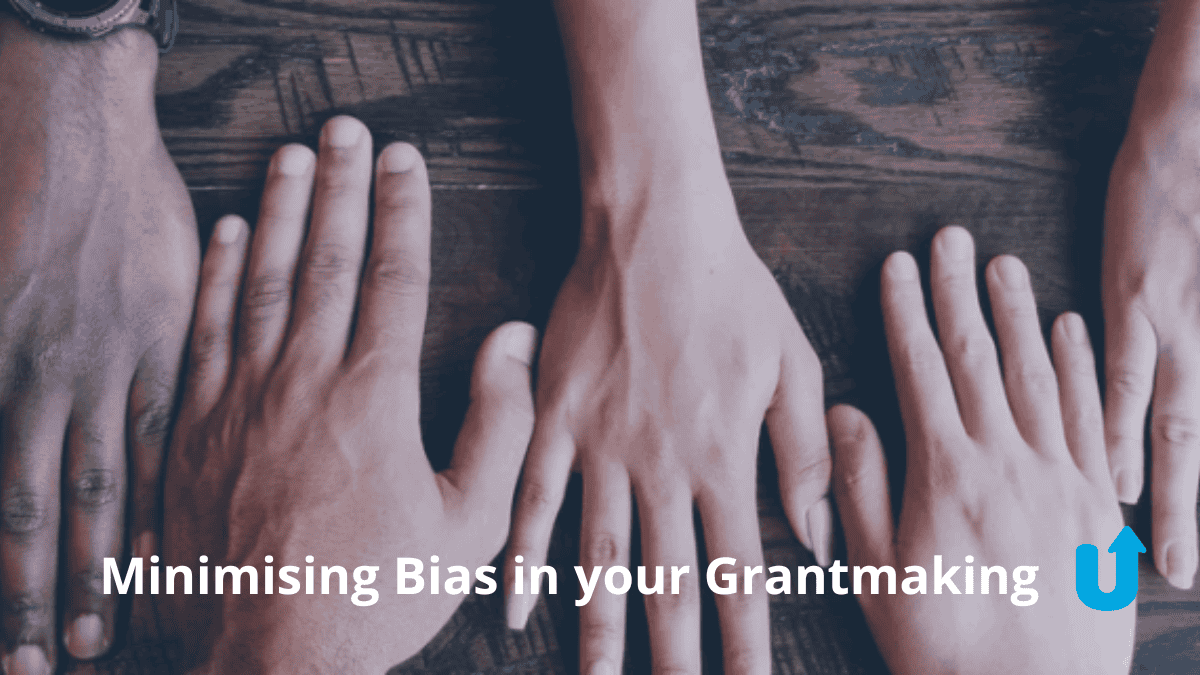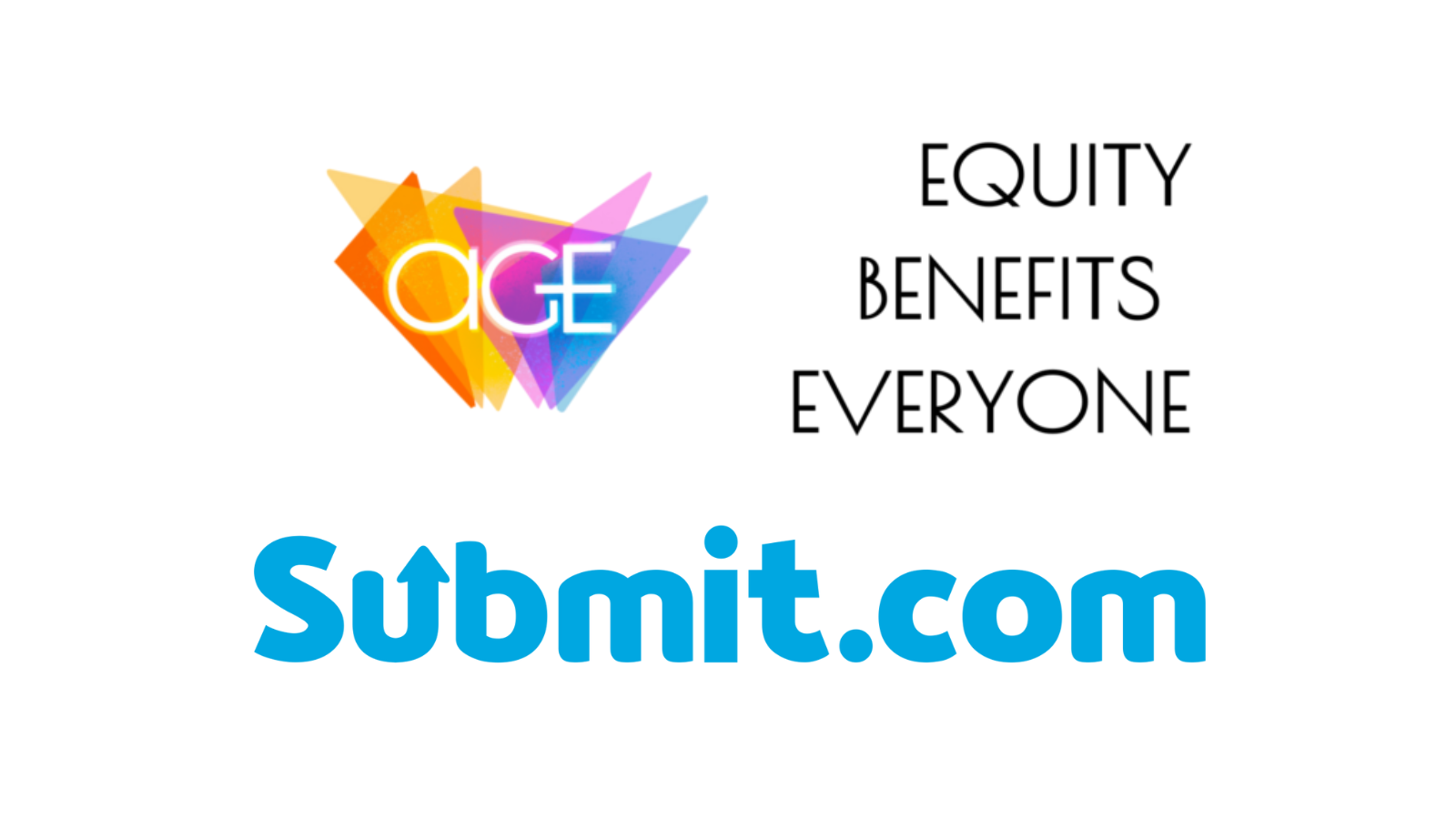3 Steps to Minimising Bias in your Grantmaking Program
Our own life experiences impact how we view the world.
If you’re a grantmaker or in charge of dedicating funds to programmes, consider what that means for your selection process. When the applications are underway and the reviewing process has started, it’s important to put procedures in place to ensure that reviewers are evaluating each application on its own merit and according to the standards of the grant—not their own.
So how does implicit bias rear its head in the world of philanthropy?
Language bias
Clear communication is an important part of any kind of application, even outside grantmaking. But grammar or small spelling mistakes in an application shouldn’t be a dealbreaker and placing such weight on this can be a burden for non-English native applicants.
Diversity bias
A great team is one that is diversely represented. When it comes to the grantmaking process, significant diversity can not be reserved for submitters but needs to be extended to the reviewing teams too.
If there’s a weak diverse representation from either side, the quality of grant review can suffer deeply. Let’s say an applicant pool involves different cultural, social, educational and economical backgrounds. A review team that all graduated from the top universities and come from similar social backgrounds are not necessarily equipped to judge each of those applicants fairly and without bias.
Racial bias
Whether it’s personal and institutional, consciously or implicit, racial bias is one of the most common forms of foul play in philanthropic funding.
Grant Craft published a whitepaper titled, Grantmaking With A Racial Equality Lens that broke down the various elements of racial bias in philanthropy and how organisations can make active progress to reduce it. The report defines a Racial Equity Lens as the process that enables “grantmakers and foundation leaders pay disciplines attention to race and ethnicity while analysing problems, looking for solutions and defining success”.
So what can you do to actively mitigate the effects of implicit bias, and how can you train your review teams to be more vigilant about it?
3 steps to minimising bias in your grantmaking program
Use single or double-blind review
You can reduce the harmful effects of implicit bias by setting up a single or double-blind review process. In this type of review, sensitive information about the applicant is hidden, such as name, age, location, gender, ethnic group and more. The reviewer can’t make any unconscious bias-led decisions this way, as any information that does not directly relate to the application itself, and is not an indicator to the applicant’s suitability to the grant, is completely hidden.
While it can be considered useful to track an applicant’s record during a grant review, it can do more harm than good, particularly towards women and those belonging to ethnic minority groups.
Single or double-blind reviews help to minimise this by concealing the information that may contribute to swaying the reviewers’ verdict.
Diversify your review team
It’s no great revelation that everyone has the right to be judged by someone who has similar experiences, or who can at least relate to the matter at hand.
When working towards reducing implicit bias in the review process, it is crucial to look inwards and consider the makeup of your review team. Are they mostly male? Do they mostly have similar educational and social backgrounds? Do the majority belong to one ethnic group?
Diversify your review panel to include people from different backgrounds, and don’t limit that to race. Social and economic background, gender, ability, educational and cultural backgrounds should all be factors to consider if you want to build a fair and equitable team.
Use technology to improve your selection process
If your grant receives a high number of submissions, it’s easy to unintentionally overwhelm reviewers. More so if selection involves multiple steps and peer-reviewing.
When a reviewer is tasked with checking multiple applications, the amount of manual admin work (think of the small low-effort but high-frequency tasks) piles up. More grantmakers are using technology to automate the process and get those small jobs done so reviewers can focus on the most important tasks—reviewing the submission.
A powerful submission platform can help you sort applications among reviewers, control access, detect bias, send out feedback and updates, and more. Reviewers can score applicants automatically and share results with other team members, as well as request candidate information from within the platform.
Minimising implicit bias with submission software
With the right grant submission software, you can help your teams save time on the excessive admin work so they can stay focused on selecting the best applicants for your grant.
Staying on top of implicit bias in your selection process is a long road that requires involvement and dedication to everyone on your team. It’s not something organisations can totally ‘eliminate’, not more so than we can hit a switch to erase the harmful assumptions we’ve been conditioned to hold.
You can, however, minimise the effects by putting specific processes in place to better equip review teams so they can make higher quality selections. For your next review, schedule a demo of Submit’s smart grant submission platform and take the first step to empower your review teams in the fight for equity and fairness in the philanthropy.










